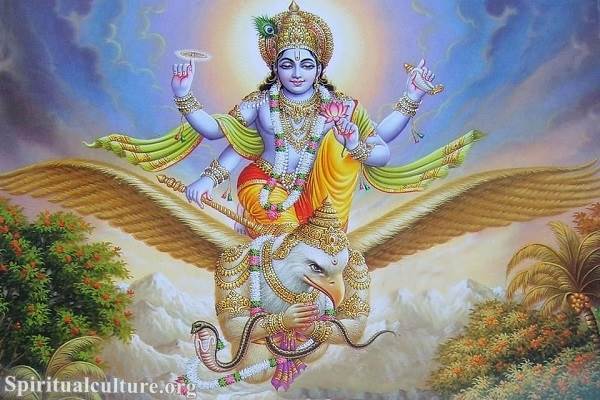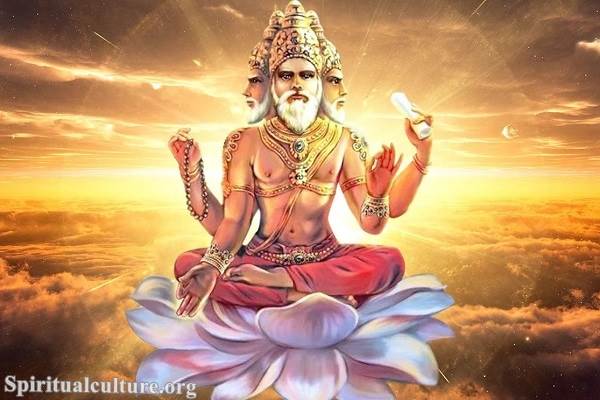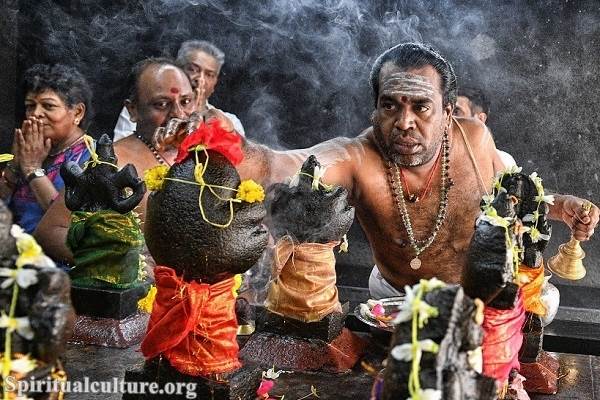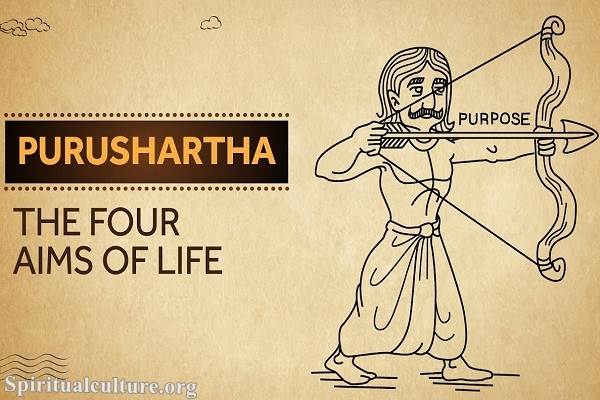Vishnu is considered one of the three main Hindu gods, along with Brahma and Shiva.
Vishnu meaning
Vishnu god is often depicted as a blue-skinned god holding a conch shell and a discus and is often accompanied by his consort, Lakshmi, who represents wealth and prosperity.
Vishnu’s role in Hindu theology is that of the preserver and protector of the universe. He is said to have the power to preserve the world’s balance of good and evil. Vishnu Hindu god is believed to periodically incarnate himself in different forms, known as avatars, in order to restore that balance. Some of his most well-known avatars include Rama, the hero of the Ramayana, and Krishna, the central figure of the Bhagavad Gita.
Vishnu is often associated with the concept of “dharma,” which refers to the natural order of the universe and the proper way of living in accordance with that order. He is also often associated with the concept of “moksha,” or liberation from the cycle of rebirth.

In Hindu devotion, Vishnu is worshiped in a variety of forms, including with his consort Lakshmi and his avatars Rama and Krishna. His temples are widespread, and his festivals are celebrated with great devotion and enthusiasm.
His devotees revere Vishnu as the supreme being and the ultimate reality in Vaishnavism, one of the major traditions within Hinduism. Vaishnavas worship Vishnu as the highest god and see him as the source of all creation, preservation, and destruction. They also believe that by performing devotion to Vishnu, they can attain salvation and liberation from the cycle of rebirth.
Vishnu symbol
Some common symbols associated with Vishnu include:
- The conch shell (shankha), which represents the sound of the divine and is used as a trumpet in religious ceremonies
- The discus (chakra), which represents the power of the mind and is often depicted as a weapon used by Vishnu to defeat evil
- The lotus flower (padma), which represents spiritual awakening and purity
- The garuda, a mythical bird-like creature that serves as Vishnu’s mount or vahana.
In Hindu art, Vishnu is often depicted with four arms, in which he holds a conch, a discus, a mace, and a lotus. The conch represents the sound of the divine, the discus symbolizes the mind and the ego, the mace represents spiritual strength, and the lotus represents the true self.
In Hinduism, Vishnu is also associated with the sacred sound “Om” and the sacred syllable “Hari,” which is Vishnu’s name.
Vishnu’s worship is a common practice in Hinduism, and many temples and shrines are dedicated to him throughout India and Nepal.




